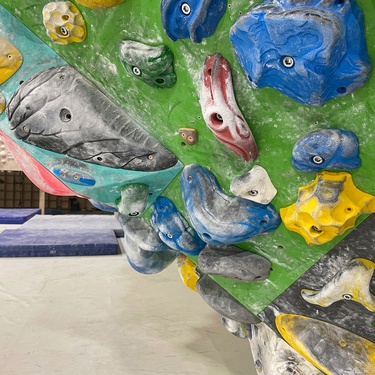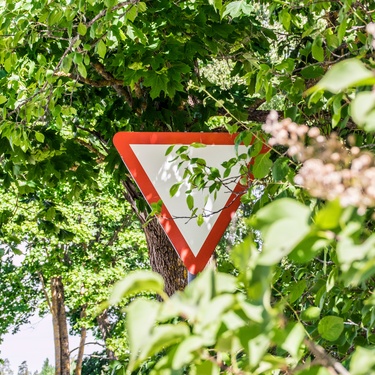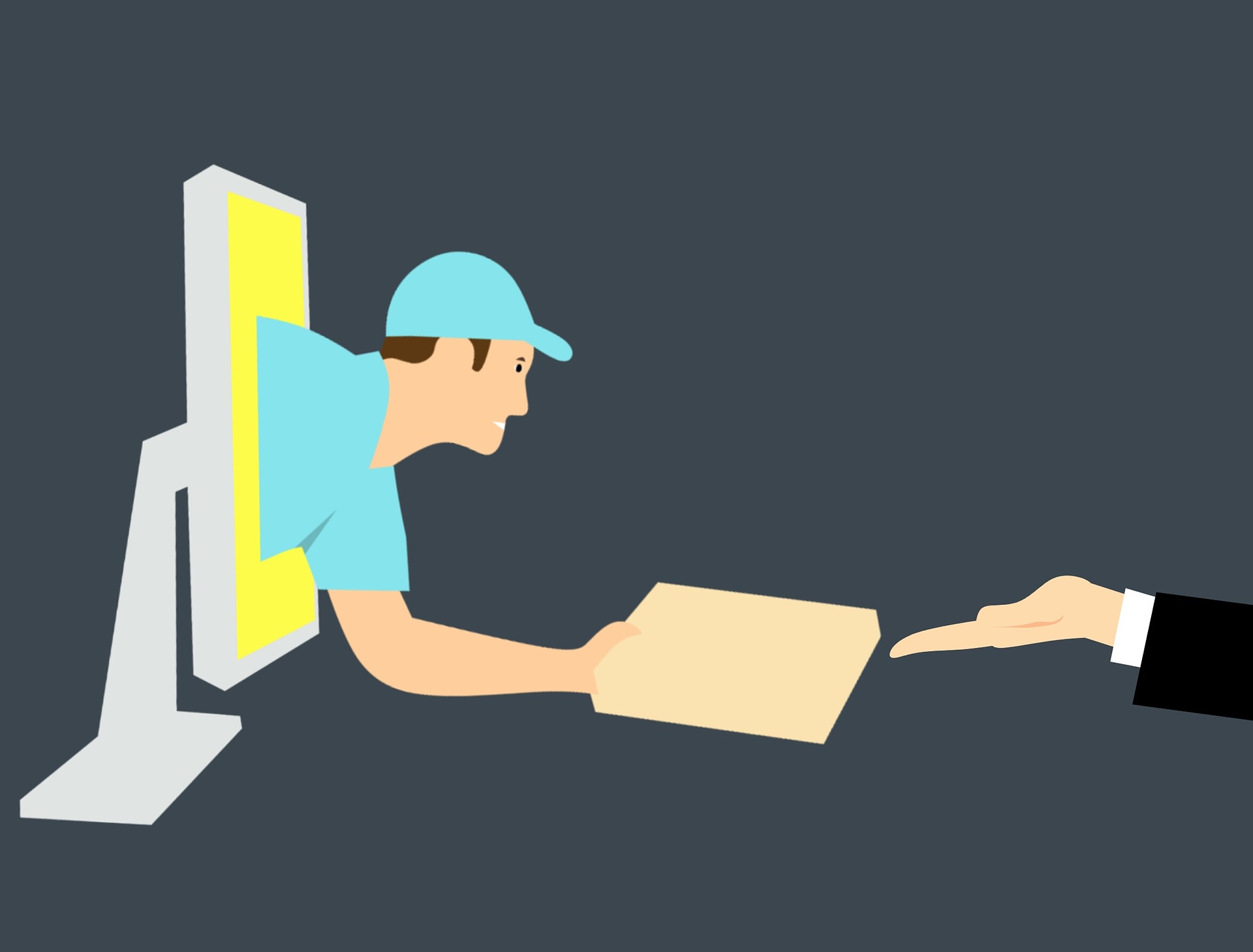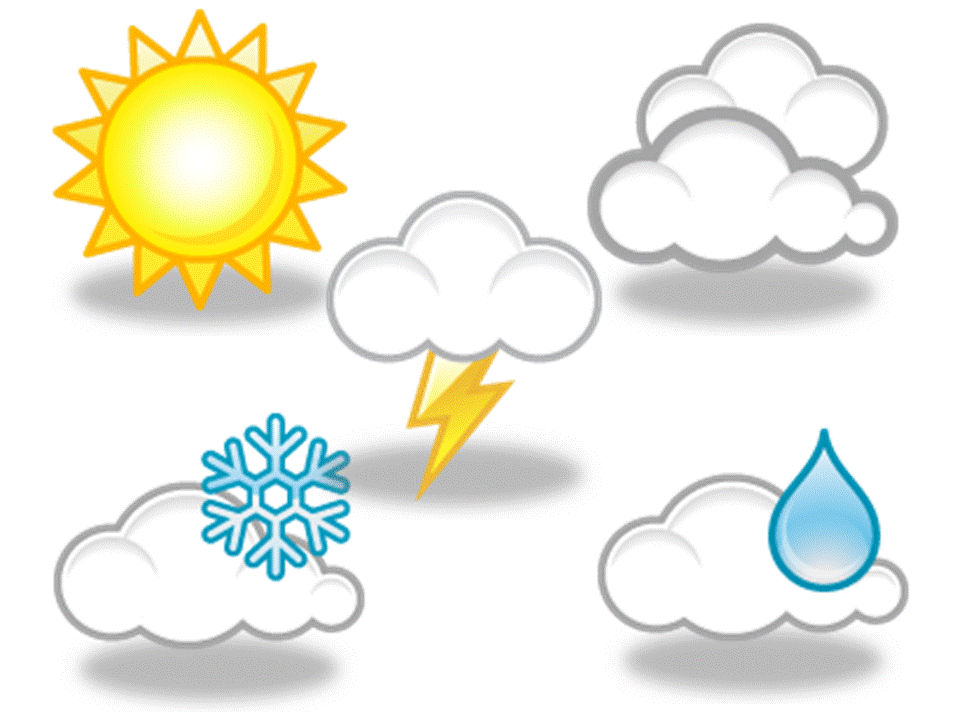
Home climbing walls are a dream come true for climbing enthusiasts. Whether you’re an experienced climber or just starting your vertical adventures, having access to your own wall is a game-changer.
But there’s one item that no home climbing setup should be without: crash pads. Explore the reasons every home climbing wall should have crash pads, and consider how yours will benefit from this addition.
Preventing Injuries
Accidents happen, even on the most carefully designed climbing walls. You risk serious injury whenever you push your limits without a proper crash pad below. Smart crash pad placement will make your climbing wall safe for all skill levels by absorbing impact, cushioning falls, and significantly reducing the risk of broken bones, sprains, or bruises. These pads are your safety net, offering peace of mind as you climb.
Encouraging Risk-Taking
Climbing is about challenging yourself to conquer new moves and routes. But a fear of falling may hold you back from taking those risks. With crash pads in place, you’ll feel more confident trying trickier routes or experimenting with dynamic moves.
Knowing a cushioned landing is waiting below allows you to explore without hesitation. This added confidence helps you progress faster as a climber because growth happens when you push past your comfort zone.
Extending Climbing Sessions
Fatigue sneaks up quickly during climbing sessions, especially if you’re falling on ground hard. Crash pads help soften each fall, making it less taxing on your body. The less beaten up you feel, the more energy you’ll have to tackle another climb.
With crash pads absorbing much of the strain, your sessions last longer and become more productive. Their supportive cushioning offers a comfortable spot for rest breaks between climbs, letting you recharge without stepping away from your setup.
Protecting Your Floor
Your body isn’t the only thing you need to protect when climbing indoors. Without proper padding, frequent falls or scuffs from your shoes can cause serious damage to your home’s flooring. Hardwood and tile floors are especially vulnerable to cracking or denting under repeated pressure.
If your climbing wall is set up on carpet, you could end up with rips and tears in the fibers that aren’t easy to fix. Crash pads serve as a barrier that leaves your floors intact.
Every home climbing wall should have crash pads to prevent injuries and floor damage. Investing in high-quality crash pads can also give you the confidence to try new challenges and extend your climbing sessions. Consider adding them to your home setup today for increased safety.
Bio: Casey is a passionate copyeditor highly motivated to provide compelling SEO content in the digital marketing space. Her expertise includes a vast range of industries from highly technical, consumer, and lifestyle-based, with an emphasis on attention to detail and readability.



















